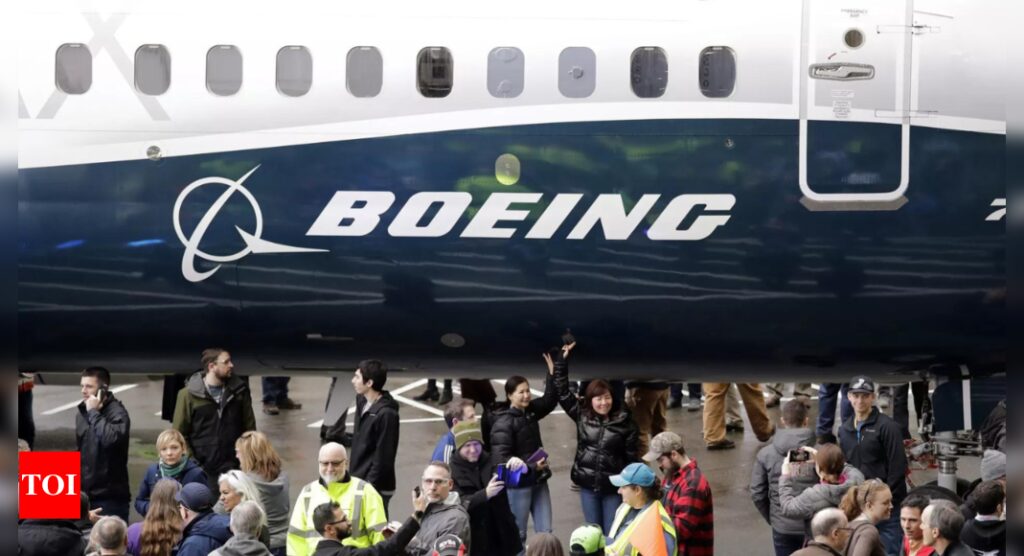[ad_1]
Under the directive, by August 25, airlines operating
Boeing 737 aircraft equipped with CFM LEAP-1B series turbofan engines
will need to revise their flight manual to limit the use of engine anti-ice in dry air to under five minutes. The relevant portion in the minimum equipment list too should be revised, it said.
In India, SpiceJet, operates a fleet of about 11 Boeing 737 MAX aircraft powered by the said LEAP-1B engines. The Directorate General of Civil Aviation (DGCA)’s airworthiness department has not issued a circular on the latest finding yet, said a source.
But Indian carriers, including Air India and Akasa Air have a total of 520 LEAP-1B engines on order to power about 262 Boeing 737 MAX aircraft that will be delivered in the coming years. The delivery schedule is likely to be affected, said an aviation consultant. For one, the Federal Aviation Administration (FAA) airworthiness directive issued “to address the unsafe condition on these products” is an interim measure. “The manufacturer is currently developing a modification that will address the unsafe condition identified in this directive. Once this modification is developed, approved, and available, the FAA might consider additional rulemaking,” said the FAA.
The recurrent troubles with Pratt and Whitney PW1100G engine, which powers the A320neo aircraft, has been driving airlines towards the LEAP engines. In India, for instance, Air India operates about 24 A320neo and 5 A321neo aircraft powered by LEAP-1A engines. The recent directive applies only to the LEAP-1B engine, which largely powers the Boeing 737 MAX. The LEAP-1B entered service in May 2017.
The FAA began working on the issue in June following a report which indicated that use of engine anti-ice in dry air for more than five minutes during certain environmental and operational conditions can cause overheating of the engine inlet inner barrel beyond the material design limit. This could result in failure of the engine inlet inner barrel and severe engine inlet cowl damage.
The directive asked for revision of the existing airplane flight manual (AFM) to limit the use of engine anti-ice in certain conditions and revision of airlines’ existing minimum equipment list to prohibit dispatch under a certain item. “There have been no reports of in-service failures of the engine inlet inner barrel to date,” it said. However, if this condition is not addressed, it could result in the said parts of the engine, the inlet, the fan cowl breaking off mid-air. It could cause fuselage damage, aircraft window damage and potentially result in decompression and hazard to passengers seated on the window seat in the portion of the aircraft behind the engine. It could impact or damage the aircraft wing, flight control surfaces which could result in loss of control of the airplane. “Inlet loss also causes significantly increased aerodynamic drag and asymmetric lift due to wing blanking, which risks fuel exhaustion on certain flights, resulting in a forced off-airport landing and injury to passengers,” the directive said. The FAA has found that the risk to the flying public justifies forgoing notice and comment prior to adoption of this rule, it said.
The latest issue affecting Boeing 737 MAX engine comes following the aircraft’s controversial entry into service. Following two fatal crashes that killed 346 people, the Boeing 737 MAX was grounded from March 2019 to December 2020 in the US. In India, the aircraft remained grounded till August 2021.
[ad_2]
Source link











More Stories
India’S Growth Forecast: S&P ups India’s FY’24 growth forecast to 6.4% on robust domestic momentum
India to remain fastest-growing major economy, but demand uneven: Poll
Jack Ma: Jack Ma gets back into business with ‘Ma’s Kitchen Food’